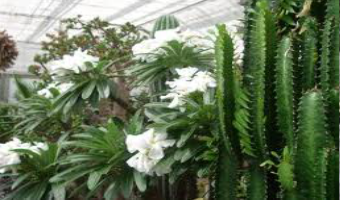
By George Munene
“When we first started the company in 2015, our minds were fixed on fish production, however, getting adequate fingerlings became an issue, meaning we had to figure out how to spawn our own. Getting quality feeds was the next major hurdle we faced, this necessitated another pivot to include feed production. Lastly, we realised our consumers weren't getting the cost benefits we offered retailers to remedy this we adopted a direct-to-customer marketing channel,” explained FirstWave Group Co-founder Tembwe Mutungu.
Originally based in Zambia’s Lake Kariba, the company has capitalised on the opportunities across the fish production value chain and is now one of Africa’s leading aquaculture firms, supplying 35 million tilapia per year.
It has expanded its production operations to Lake Victoria, Uganda, running vertically-integrated companies that cover fish production, distribution, and retail of fish and aquafeed in Southern and Eastern Africa.
Related News: Approval of GM soymeal would reduce fish feed costs by 20%
Related News: Kilifi farmer's gamble with ornamental fish farming paying dividend
With Kenya’s annual fish deficit estimated at 400,000 metric tonnes and Chinese fish imports totaling Sh2.2 billion in 2019, FirstWave’s success could provide a blueprint for entrepreneuring Kenyan farmers.
For Tembwe this represents a supply deficit that will continue to grow as wild catch (fish from rivers and lakes) alone cannot keep pace with Africa’s fish demand. This presents the continent’s aquaculturists with a great opportunity
“We are looking to follow the chicken production curve, i.e have our fish stock convert feed to product in the fastest time possible. Despite this, we are only working to develop and improve local fish strains and not import fish genetics which might interfere with the indigenous ecosystem,” said Tembwe.
Related News: High feed costs leave Kenya reliant on fish imports
Across agricultural production sub-sectors, he highlights that fish provides the most sustainable and competitive protein sources, with a kilogram of fish feed producing more protein than you'll get from any other livestock. Half as better as chicken, three times better than pigs, and eight to ten times better than cattle.
Write comment (0 Comments)
















